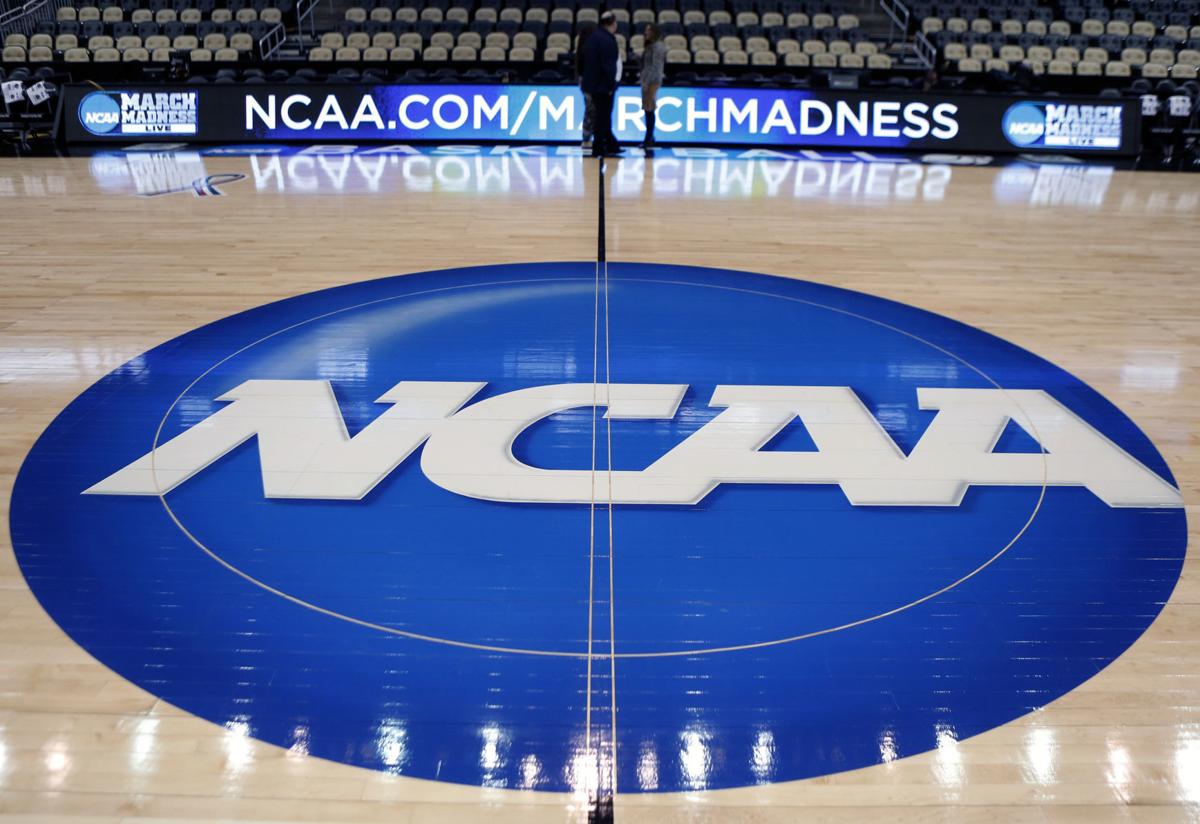While the NCAA's Independent Accountability Resolution Process does not have any sort of public timeline, the NCAA said late Tuesday that it expected all six of its cases would be finished within the next 12 months.
In a news release about the NCAA Board of Governors meeting that also addressed NIL issues and Mark Emmert's contract extension, the NCAA wrote under the heading of "other business" that the board was updated about the IARP and its growth to a total of six cases.
The IARP started by taking on Memphis' infraction case in March 2020. N.C. State's case arrived a month later, then it was Kansas in July, LSU in September and Arizona in December. The sixth case, Louisville, was added in February.
"Decisions in all six cases are expected within the next 12 months," the NCAA said. "The chief panel members will continue discussions with membership regarding the commitment to timeliness, fairness and consistency in the processing of cases."
While the NCAA announced on Dec. 17 that Arizona's case had been accepted into the IARP, UA president Robert Robbins said on March 8 that he still had not yet heard from the IARP, indicating its case may not have been started at that point.
"So we have to wait -- I'm not sure what time is going to be ... so that we can get past this as a university, coach (Sean) Miller, his family, the basketball program and look forward," Robbins said then, a month before UA fired Miller.
If UA's case is not settled by this fall, any possible penalties would not likely affect the program until 2022-23 or beyond. UA has already imposed a self-ban for the postseason in 2020-21 but if the IARP processes its case as "aggravated Level I," a strong possibility if the IARP keeps all the initial NCAA allegations, the NCAA penalty matrix calls for a 2-5 year ban.
The IARP, an alternative infractions resolution track that was created upon recommendations from the Rice commission, consists of a "Complex Case Unit" of attorneys and investigators that can re-investigate any findings by the NCAA's in-house enforcement staff. At the end, there's a five-member hearing panel that issues a non-appealable ruling (though N.C. State may fight that issue).
There are 15 members of the hearing panel, with teams of five handling each case. That means that, whenever the CCU is done, each hearing team will have two cases to rule on.
Here's an explainer on the whole IARP process.
The Section 7 event tweeted Wednesday that it will have a second weekend "finals" event of only teams who won a division the week before and have multiple Division I prospects.





